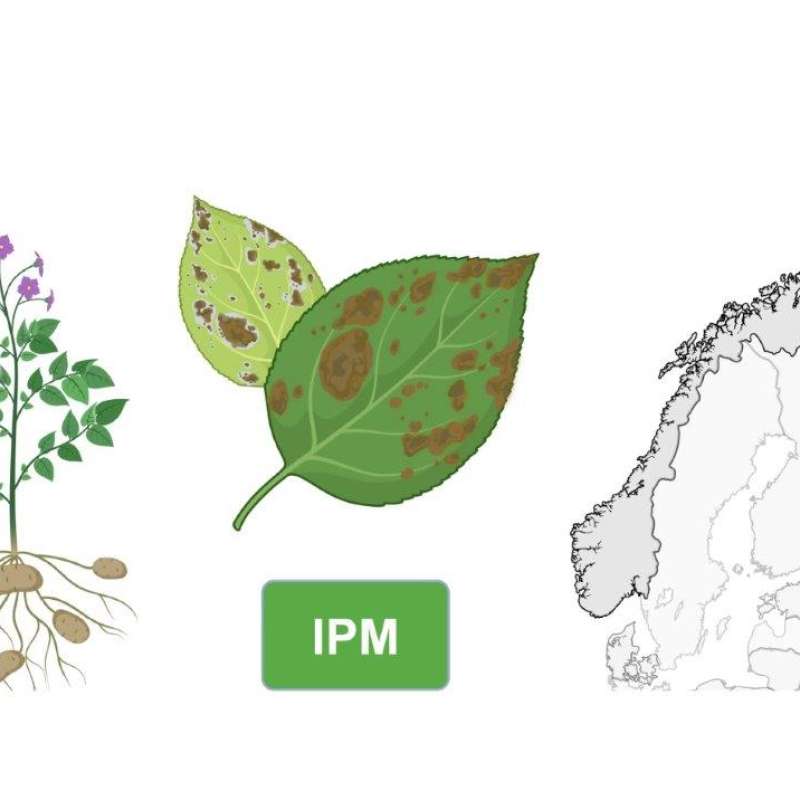Håvard Eikemo
Research Scientist
Attachments
CVLinks
ResearchGateBiography
Researcher on fungal diseases, with potato as the main responsibility. Long experience with diseases on fruits and berries, and has also worked on vegetables. Works with disese warnings and modelling within NIBIO`s system for forekasting pests and diseases on plants, and also with climaitic data in Agrometeorology Norway.
Abstract
No abstract has been registered
Abstract
No abstract has been registered
Authors
Simeon Rossmann Paulina Paluchowska Zhimin Yin Erik Lysøe Mirella Ludwiczewska Marta Janiszewska Sylwester Sobkowiak Håvard Eikemo Monica Skogen Jadwiga Śliwka May Bente BrurbergAbstract
No abstract has been registered

